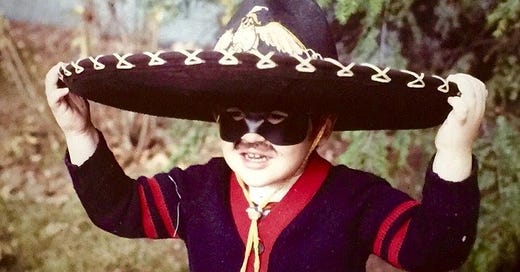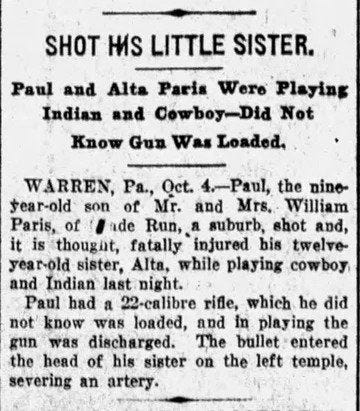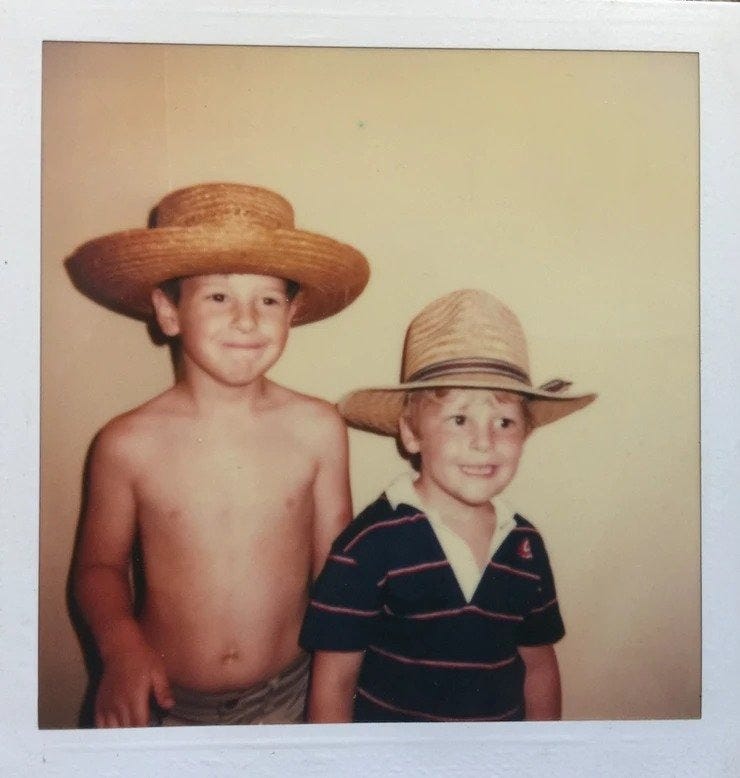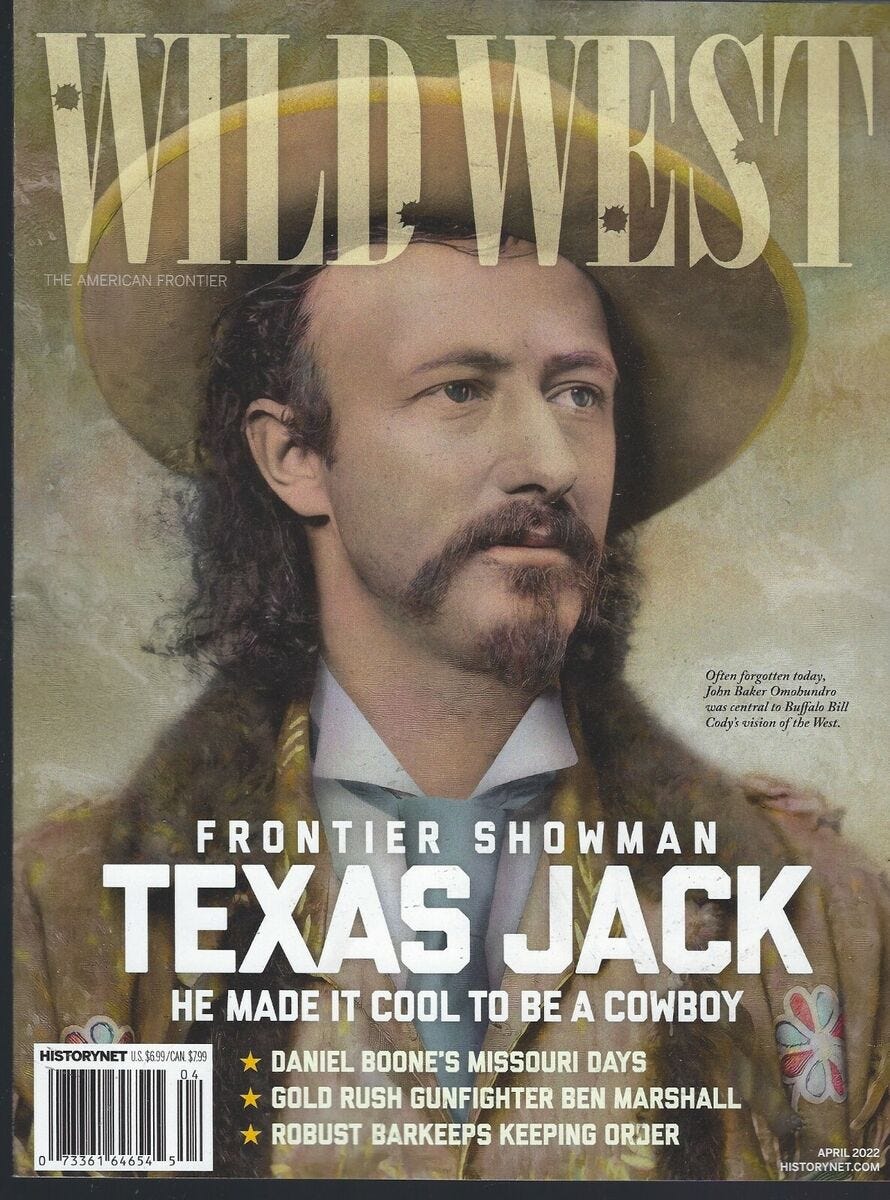We played "Cowboys & Indians."
How the real history of one cowboy inspired the childhood games of generations.
Did you play "Cowboys and Indians" growing up? Did you put on a cowboy hat and boots, pick up a stick and pretend it was a rifle or a revolver or a bow and arrow? Was every rope in the house a potential lasso?
Like Willie Nelson sang in the classic song:
"I grew up dreamin' of bein' a cowboy
And lovin' the cowboy ways
Pursuin' the life of my high-ridin' heroes
I burned up my childhood days
My heroes have always been cowboys
And they still are, it seems..."
Growing up in the 1980s, playing "Cowboys and Indians" in the backyard with the neighborhood kids was a ubiquitous part of my childhood. The gang of unruly kids divided into a team of cowboys and a team of Indians, and ran around hiding behind trees, pointing sticks at each other, making noises, and claiming that our side won. The concept seemed so ingrained that even as an adult, I never really stopped to wonder why we played cowboys and Indians. As far as I can recall, no one taught it to us. Our parents didn't ever suggest it to us. It must have been passed down for a hundred or a hundred and fifty years, with young children learning it from the older ones and passing it along to siblings and neighbors as they grew older.
When I started researching my book and looking at the actual job description and history of the cowboy, I discovered that the history of "Cowboys and Indians" as a childhood game goes back almost 150 years. Newspaper mentions were usually associated with accidents that happened as a result of the game, like this one from Bradford, Vermont, in 1897:
"Boys, like monkeys and some men, are imitators. Two weeks ago marbles and baseballs served to please the youthful mind in this city; now, if a half-dozen youngsters get together they are found playing cowboy and Indian. The Wild West show does it. In a few weeks we will have a circus here, and then these same boys will throw away the improvised lassoes and will be found standing on their heads, turning handsprings, etc. In the words of the old trapper, 'It's natur,' and that appears to be all the explanation necessary."
Of course, those kids never stopped playing "cowboys and Indians," even after the circus left. Sometimes, the results of their play" was predictably horrifying, like this awful incident from Warren, Pennsylvania, in October of 1906:
"SHOT HIS LITTLE SISTER
Paul and Alta Paris Were Playing Indian and Cowboy—Did Not Know Gun Was Loaded
Paul, the nine-year-old son of Mr. and Mrs. William Paris, shot and, it is thought, fatally injured his twelve-year-old sister, Alta, while playing cowboy and Indian last night. Paul had a 22-calibre rifle, which he did not know was loaded, and in playing the gun was discharged. The bullet entered the head of his sister on the left temple, severing an artery."
The results of play could be devastatingly real.
It didn't occur to me until much later that "Cowboys and Indians" is grossly inaccurate, historically speaking. The era of the trail-driving cowboy was relatively short, and by the time of the big Chisholm Trail cattle drives, Native tribes had been decimated by disease and largely confined to reservations. Passages across Indian Territory in present-day Oklahoma—between the cattle herds of Texas and the rail towns of Kansas—were well secured, and ranchers paid a small fee to ensure safe passage to various tribes. With a handful of exceptions, cowboys and Native Americans didn't get into fights, and certainly not to any greater extent than cowboys and homesteaders, cowboys and lawmen, or cowboys and other cowboys. When Sioux or Comanche or Cheyenne or Apache people fought with Americans at all, it was with soldiers.
So why didn't we play "Cowboys and Soldiers?" Why didn't some of us march in orderly lines as the rest whooped, hollered, and brandished sticks we pretended were tomahawks?
The short answer to that question is "Buffalo Bill Cody." Buffalo Bill's Wild West was the premier entertainment from 1883 until Cody's death in 1917 and the main way that people, both in America and abroad, learned about the American West. I've written elsewhere more extensively about how Cody, an absentee ranch owner who never spent time as a cowboy, became associated with cowboys, but suffice it to say that Cody was casting a whole group of former cowboys as Texas Jack Omohundro, who was Buffalo Bill's scouting partner, best friend, and earliest costar. At the end of Cody's show, he rushed to fight a group of Indians with his band of Texas Jack stand-in cowboys and children ran home to imitate what they saw. One 1908 newspaper said: “Ever since Buffalo Bill’s Wild West came to town, the boys of West Eighteenth Street have been playing cowboys and Indians.”
Maybe the children playing Cowboys and Indians in 1886 or 1902 or 1908 or 1917 knew who Buffalo Bill Cody was, but I didn't when I was playing with my brothers and the group of neighborhood kids my Dad dubbed "The Dirt Pile Gang," and neither did any of the other members of the gang. We just knew that some of us were cowboys and some of us were Indians, just like our parents knew it, and just like their parents knew it because their parents saw Buffalo Bill at the Wild West show, where he showed them his version of the West and convinced them it was the truth.

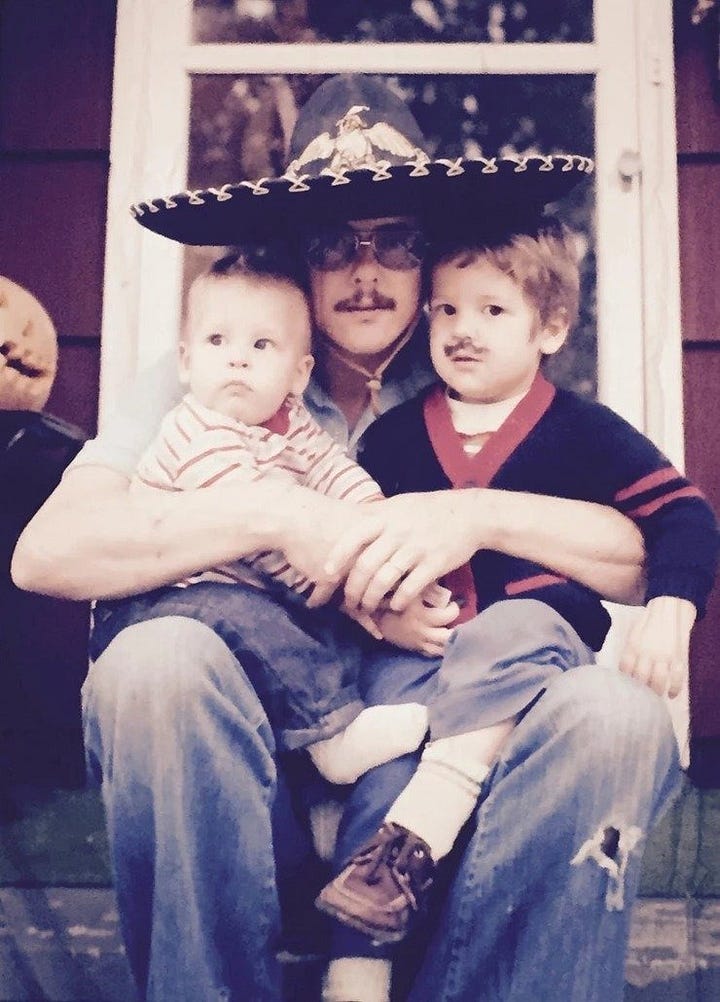
Back in 2016, I started writing a book. Originally, I thought it would be a novel about the time Buffalo Bill (who I had learned about long after my own "cowboys and Indians" days were over), Wild Bill Hickok, and Texas Jack Omohundro starred in a Broadway play in 1873. I started researching and discovered that though many people remembered the pair of Bills—Buffalo and Wild—there wasn't a whole lot of information on Texas Jack. There was one book on him from 1954, but it seemed like it left a lot out, and it turns out it was about half of the story. At the very least, it couldn't tell me why his partners were so well remembered while his name had been largely forgotten. So, instead of writing a novel on the trio known as the Scouts of the Plains, I found myself writing a biography of Texas Jack. Sometime after my first draft, I realized that though my facts were right, my story was all wrong. I was writing about John B. Omohundro, but not about the truth of Texas Jack—that through his life, his stage persona, and his friendship with Bill Cody, he had inspired every depiction of cowboys from Owen Wister to Louis L'amour, from Tom Mix to Clint Eastwood, from John Wayne to the Dirt Pile Gang playing in our backyard.
After several years of writing, rewriting, revision, and editing, my book was released in May of 2021. A year later, an article I wrote about Texas Jack appeared as the cover story in Wild West magazine, and won both the Spur Award from the Western Writers of America and the Wrangler Award from the National Cowboy Museum and Hall of Fame.
So if you've ever wondered why you grew up playing Cowboys and Indians, I've got a long and detailed answer for you. If you like learning about American history, or you enjoy a decent read, or you think the world's most famous cowboy marrying the world's most famous ballerina sounds like a yarn too good to be true, well then I've got a story to tell you. The book is called "Texas Jack: America's First Cowboy Star," and it's the reason I started this page.
Facebook, my blog, and substack are good places to share short pieces of the true history of the American West, about the cowboy who became a star and his famous friends, about the "Indians" he fought and the ones that became his friends for life, about the romance between a trail-driving cowboy and a prima ballerina. But if you want the best version of the true story, check out the book. I think you'll enjoy it.
Texas Jack: America's First Cowboy Star is available at:
https://amzn.to/3HHCK4Y
If you've already read the book, please consider leaving a review on Amazon. It really helps.

